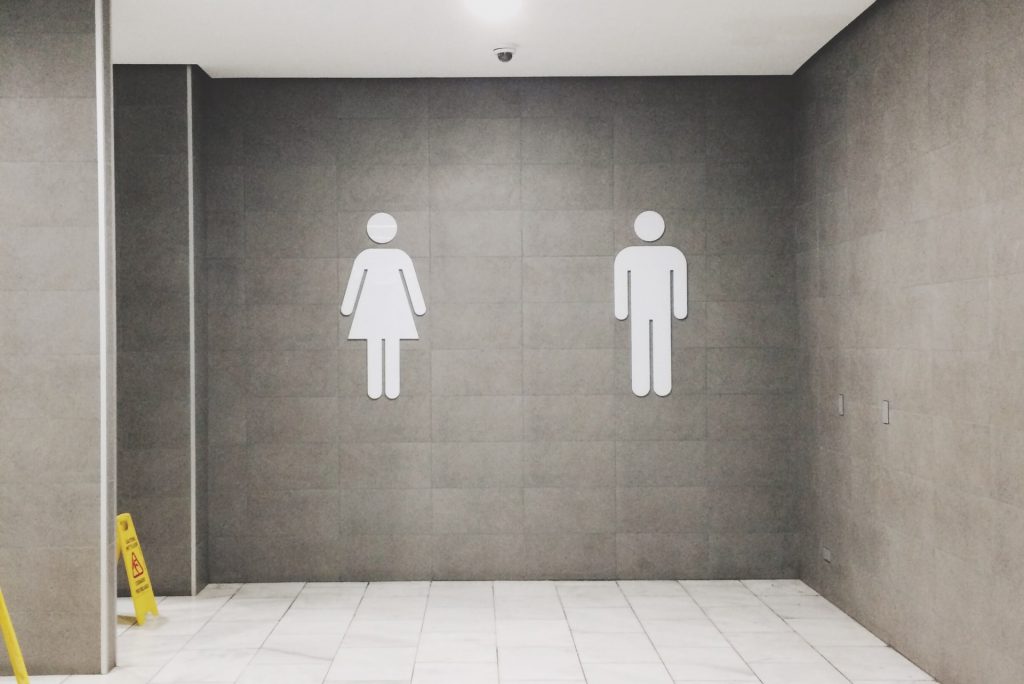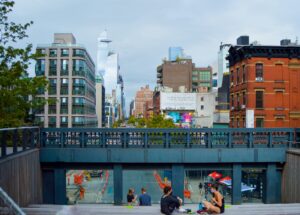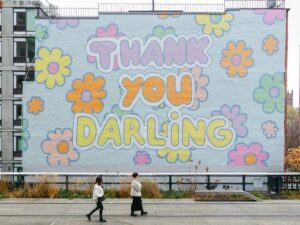For decades, U.S. cities have been closing or neglecting public restrooms, leaving millions with no place to go. Here’s how a lack of toilets became an American affliction.
Surviving a pandemic has a way of forcing people to focus on the basics: health, food, shelter, the need for human connection — and going to the bathroom.
This became evident during the Great Toilet Paper Shortage of 2020, when panic buyers emptied store shelves in the first weeks of U.S. stay-home orders. As Covid closures continued, the pandemic revealed a different toilet-related problem that predated the novel coronavirus: a dire lack of public restrooms. Though facilities in bars and retail establishments are often thought of as “public,” widespread shutdowns served as a stark reminder that they’re really not — and that few genuinely public bathrooms remain in American cities.
That reality was underscored as the pandemic dragged on. Infection fears led cities to padlock the few public restrooms that were available. Stories emerged about Amazon and Uber drivers resorting to peeing in bottles, while unhoused individuals relied on adult diapers or five-gallon buckets filled with kitty litter. Public urination complaints spiked in cities like New York and Washington, D.C., especially when crowds flooded the streets in the summer of 2020 to protest the murder of George Floyd.
“The state of public restrooms in the U.S. is pretty deplorable, with certain exceptions,” says Steven Soifer, president and co-founder of the American Restroom Association. “Public restrooms are a half-assed job. This is a public health concern, especially with Covid. It’s been a mess.”
Read the full article on Bloomberg CityLab
Author: Elizabeth Yuko
Recommended by Luisa Bravo











More Stories
The best outdoor art in NYC this winter (2024)
Activists vow to keep installing guerrilla benches at East Bay bus stops
A Blueprint for Public Realm Leadership